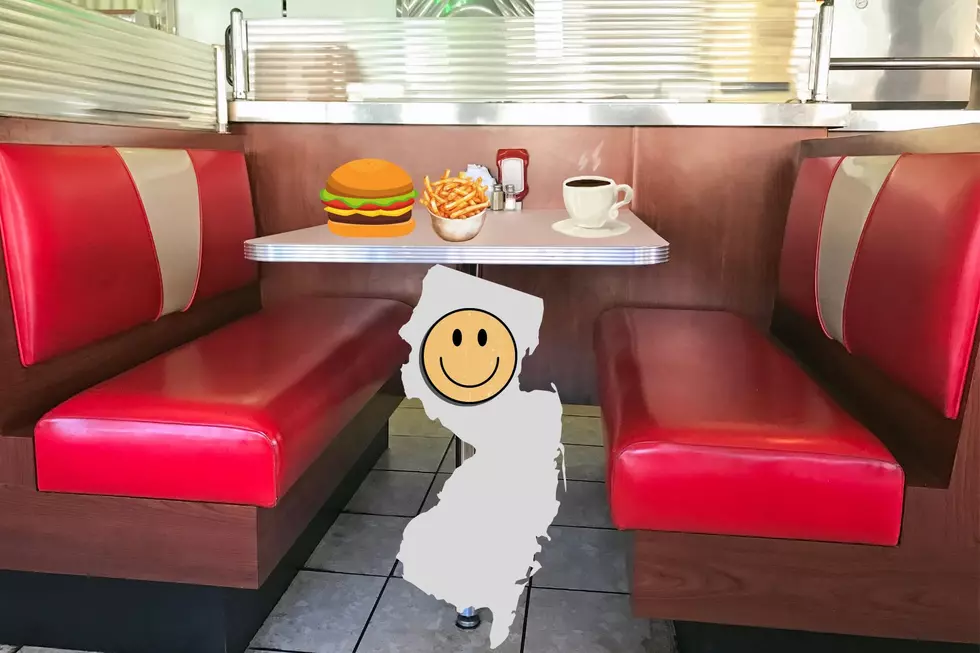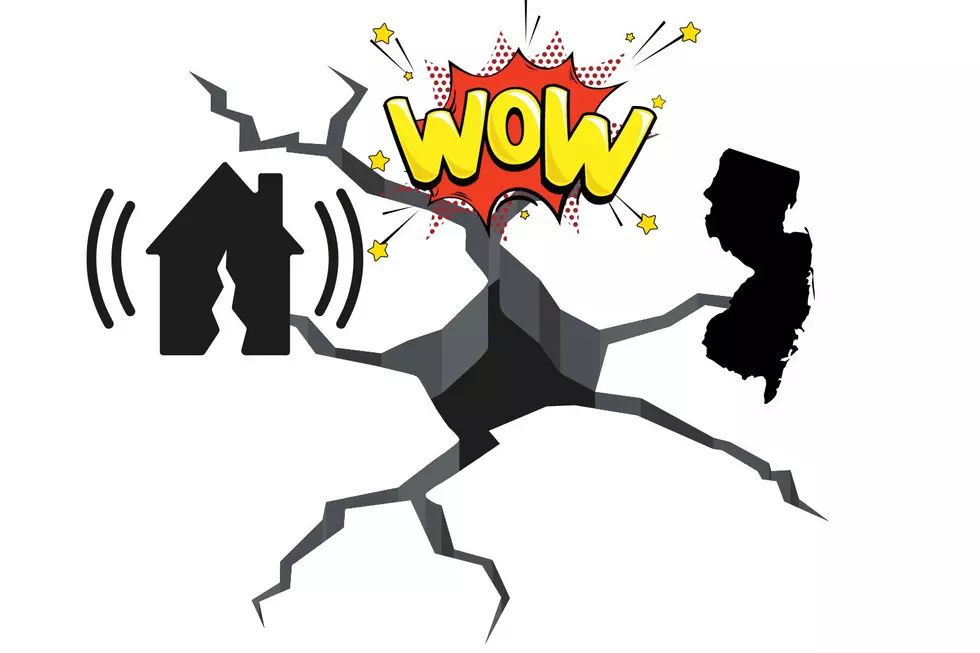
East Orange Water Allegations Recall Worst Fears in Toms River
Charges filed against two top executives in the East Orange Water Commission bear an eerie resemblance to circumstances that irrevocably changed life in Toms River.
The indictment filed by New Jersey Attorney General Jeffrey Chiesa contends that EOWC executive director Harvey Mansmann of Lawrenceville and his assistant, William Mowell of Wyckoff, ordered the artificial lowering of readings of a potential carcinogen in drinking water reaching tens of thousands of people in East and South Orange.
They are accused of arranging for shutdown of wells containing tetrachlorathene prior to monthly testing, and for diverting water in affected wells directly onto the banks of the Passaic River in Florham Park.
From 1952 to 1990, Ciba-Geigy (since acquired by the German BASF Corporation) maintained a dye manufacturing concern in Toms River, storing waste in underground drums or emptying it into the Atlantic.
The New Jersey Department of Environmental Protection, not yet a decade old, ordered Ciba executives to start monitoring ground water in 1980. The tract became an EPA Superfund site by 1983, executives were ordered to start cleaning up the site and the groundwater.
In 1971, Union Carbide had thousands of drums of chemical waste to dispose, and contracted the job to a waste hauling firm that leased part of the township's Reich Farm. That's where 4,500 barrels were dumped.
Toxins reaching groundwater immediately became suspect as Toms River saw a spike in infantile cancer cases. The crisis led to the Toms River Citizens Action Committee on Childhood Cancer Cluster.
Most of the volunteers had been directly impacted by the syndrome, and they organized regularly-scheduled meetings in which representatives of both corporations, EPA, DEP, the New Jersey Department of Health and Human Services and United Water Toms River analyzed data for trends and viewed changes in the underground plumes on both sites.
The group has scaled back its meeting schedule considerably as the situation diminished over time, but by no means have the meetings or the analysis stopped.
About half the underground containers on the Ciba site were removed and the ground was remediated. But an equal number, tens of thousands, still remain, and BASF seems in no hurry to tend to them. Two concerns are the cell's status as a landfill, which requires simply capping for conversion to other uses. The other is whether the cell's lining leaks, a contention that Toms River officials took to court. That lawsuit was placed on indefinite hold.
Four of the seven charges leveled at the East Orange water officials are second-degree, carrying sentences of up to 10 years if convicted. But if the allegations are true, it doesn't take a math whiz to figure that their region will be wrestling with problems that Toms River already knows even after the time is served.
More From 92.7 WOBM









